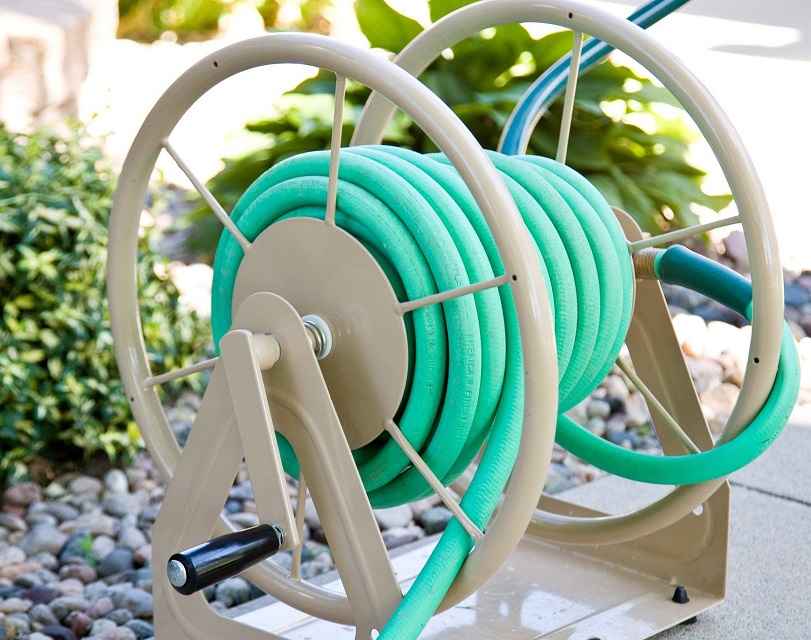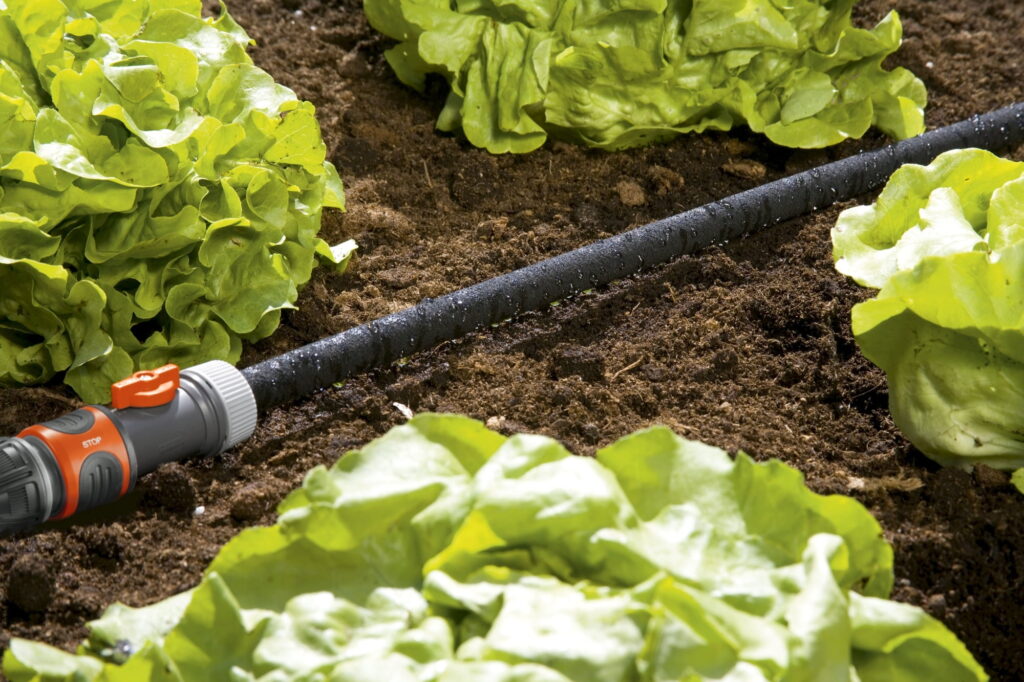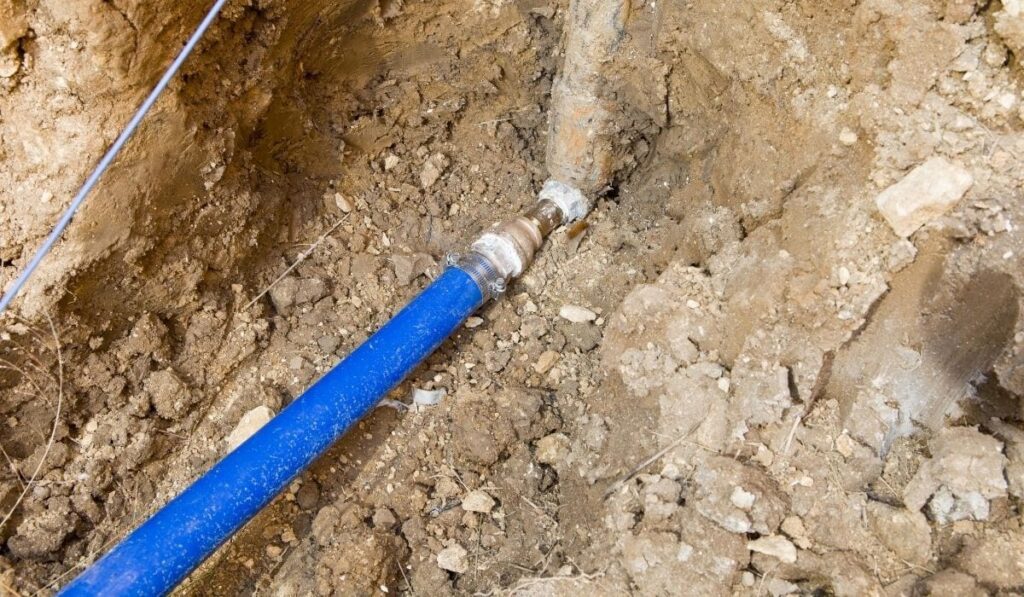
You might think that knowing how to remove garden hose connectors is easy. They’re relatively simple products, after all. They simply connect to the end of your hose to allow you more options to spray and distribute the water. How complex can they be to get on and off? Well, the answer is “very” in some situations. Though hose connectors are very useful, they have to be really tightly screwed onto the hose. They can also sometimes break, or just have a flimsy design which leads to the connectors getting stuck. Temperature fluctuations, rust, even limescale, these can all play a part and make the hose connector hard to dislodge. Getting the hose connector off without breaking it is really important, but it isn’t always that easy.
In this guide, we’re exploring the methods you can use to try and remove a garden hose connector that is currently being stubborn!
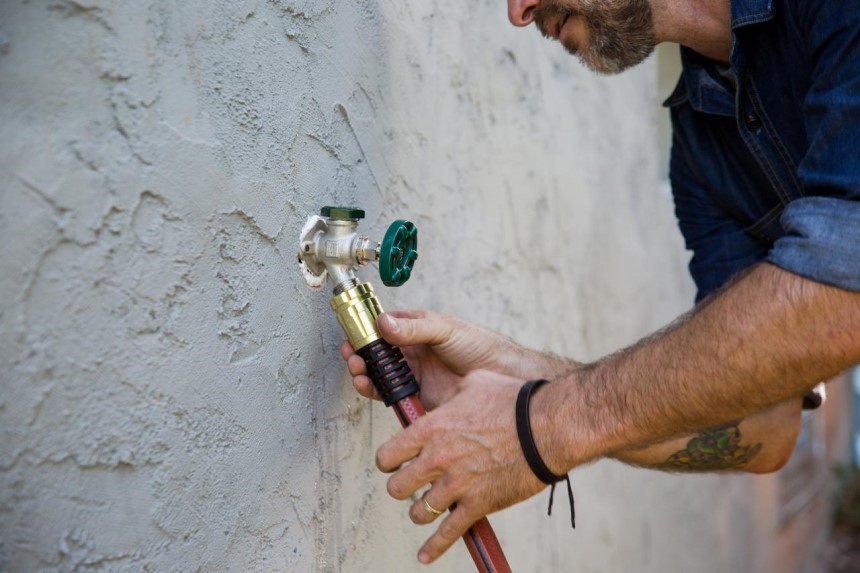
It’s easy to assume that metal products are better than plastic, but this isn’t the case for a lot of the best lightweight garden hoses and connectors, as plastic is not prone to rusting.
Another common reason for hose connectors getting stuck is overtightening. A lot of flimsy and bad-quality hose connectors need to be tightened to make sure they are watertight and that they can spray properly, and this can lead to them getting stuck. It becomes like trying to get the lid off a jar, and this can increase the chances of breaking. A quick connect hose is a good solution, as the peripherals are usually much easier to get on and off and are designed to fit neatly without having to worry at all about them getting too tight and stuck. The Orbit Brass Hose Quick Connect Set 58117N is a good example of this quick connect design.
Hose attachments and connectors can also simply break. It’s possible for them to crack and become “unthreaded” from the hose. It might then be very tough to prize them off.
It’s all very well knowing how they got stuck in the first place, but how do you then use this to disconnect the attachment and get your hose working as normal once again? There are a few different ways that you can try to remove the hose connector, and it is very likely that one of them will work, as long as the connector isn’t broken.
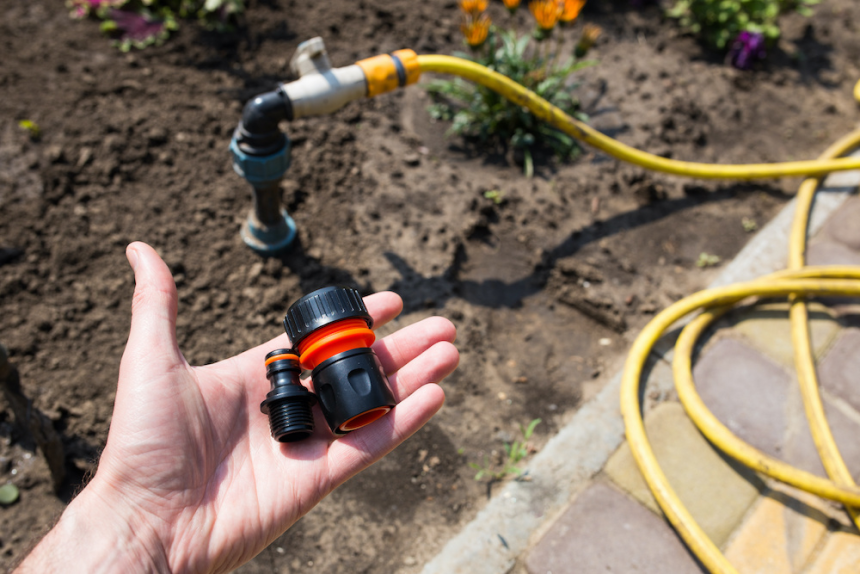 Instruments
InstrumentsThere are a few different instruments that can be used to try and remove the hose connector. We’ll cover the methods below, but a few household items and things you might already have sitting in your home could be really helpful.
There are some instruments that you can use:
Follow the steps below to try and loosen the hose connector. If the first step works, great! If not, you can move on to the next and try again.
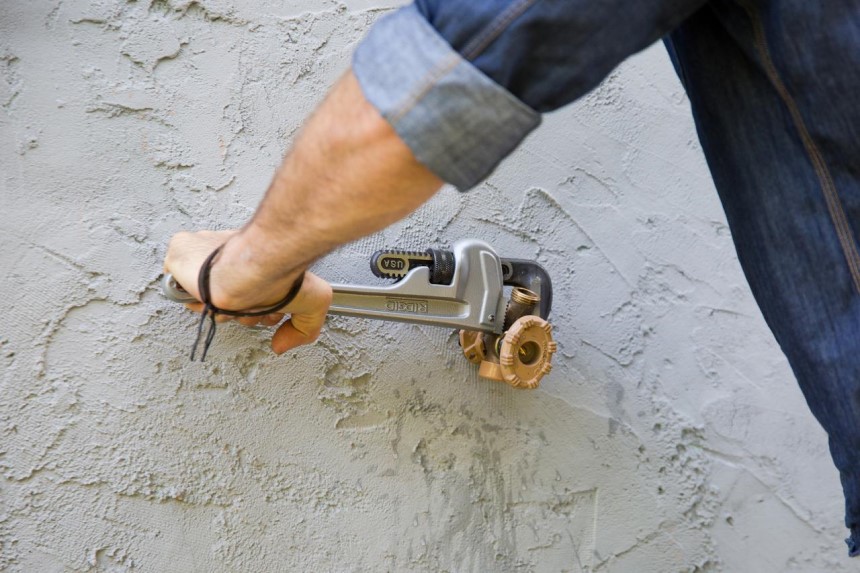
Beware, this works with standard methods of unscrewing, but some specific garden hose designs are made to be different, so they might not work in the exact same way, and trying to prise them loose can cause damage.
When you’re unscrewing, always remember the saying you learned as a kid! Righty-tighty, lefty-loosey.
Try hot water. This is something that requires you to be very cautious. Wear gloves, and don’t risk getting any of the water on yourself as it can scold you. For metal hose connectors, you can find that this is an effective method. Pour hot water around the connection and all over the hose connector and then try to unscrew, using pliers so you aren’t touching hot metal.
The water can do a few different things that may make a big impact. If grime or dirt is getting in the way then the hot water may dislodge it and make it easier.
Alternatively, the heat can make the hose connector expand and this may allow you to thread it properly or use a catch mechanism to remove the hose connector.
In a metal connector, the water might also help to remove some rust that has built up and might be causing problems with removing the connector.
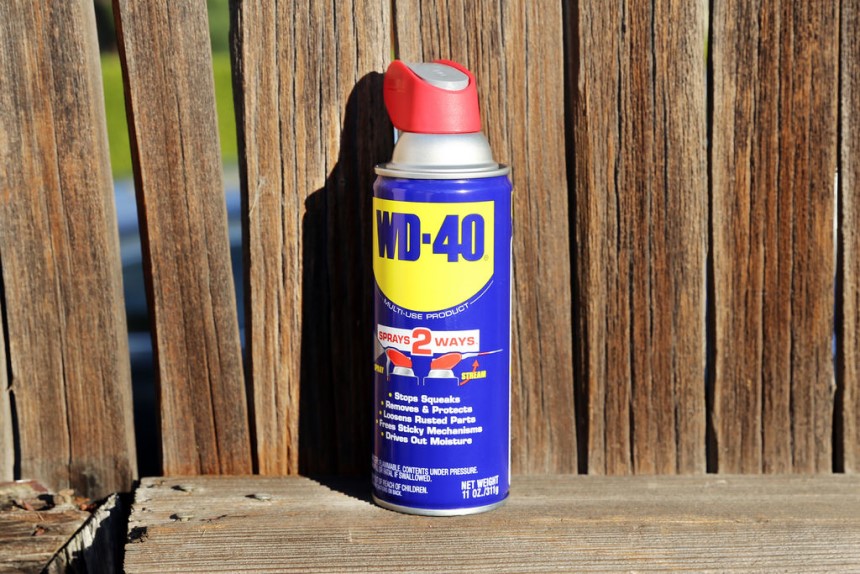
If you’ve got multiple attachments on your hose such as a hose timer as well as a connector, it can add to the task of loosening the attachment as you may have a couple of attachments to deal with.
Penetrating compounds and formulas can be used, and it is important that you get the appropriate type. For instance, some are made specifically for rust that has got onto pipes or is getting in the way of connections for plumbing. Calcium buildups in plumbing is also possible, so you could find a compound that is able to tackle this. Simple household cleaners are an option here, as long as they can penetrate the mechanism.
You can soak the connection itself using a bucket or even a strong plastic bag. Use a product like LimeAway to clean the connection. On top of this, you can also add vinegar which can help to clean away grime and therefore make it easier to remove the connector. A lot of people don’t realise what a powerful product they have in vinegar. It’s cleaning capabilities make it an exceptional option for daily household tasks like this.
Sadly, if you feel like you’ve tried everything and you aren’t getting any closer, it might be time to take a hacksaw and saw the hose connector away. Only do this if you are comfortable and confident enough to do so. If not, you might find that you are putting yourself in danger.
A hacksaw only really makes sense if you’ve tried everything else. Try to salvage the hose by removing the connector only, if you can. This is really a last course of action, and don’t expect to be able to use the connector afterwards!
It’s amazing how many people end up looking online for a little help with this. If you’ve left your garden hose connector for some time there is every chance that it has become lodged, dirty, rusted, or even just expanded and contracted to the point where they can no longer thread like they used to. It’s very common to go back to your hose connector after a while not using it and found fluctuating temperatures have broken the connector, or at least require some TLC.
Having a number of methods of how to remove garden hose connectors can help you to do what is required to dislodge a stuck hose connector. Try to work out why it is not coming detached, and tackle it accordingly. It could be as simple as pouring some warm water or using some pliers to generate some extra force, and your hose connector can come loose, allowing you to replace it.
